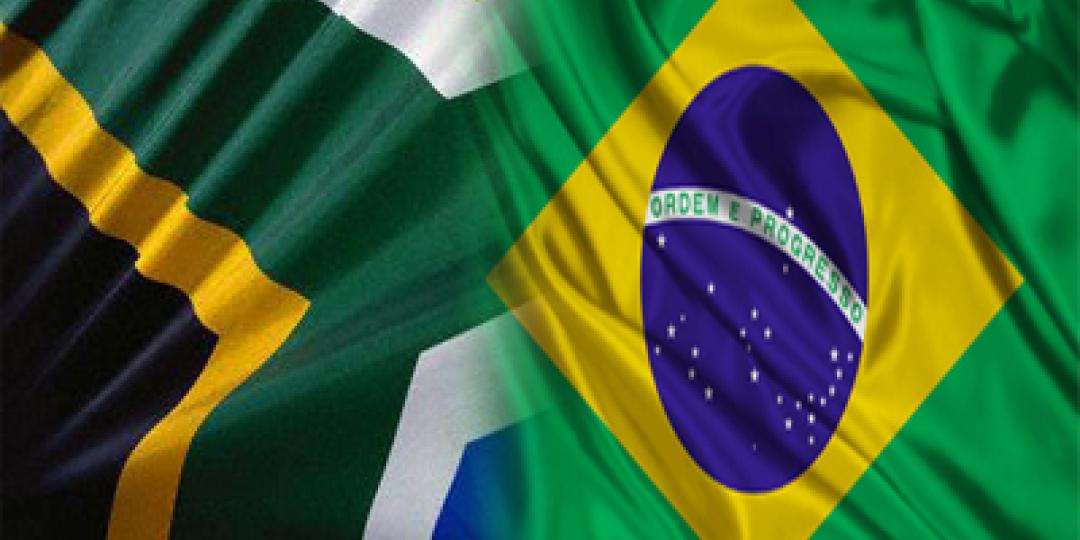Following the release of South Africa’s July arrivals stats, Tourism Update spoke to experts in the trade about the continued growth coming out of the South American market.
According to the trade, there are a number of factors driving the growth out of South America.
André Laget, Managing Director of Akilanga DMC & Events, says: “As emerging markets, these countries are affected by a stronger dollar and euro, the same as the rand. So, when the dollar strengthens, USA and Europe become expensive for South American tourists and South Africa is a good option after that.” Sonia Fernandez Carralero, Key Accounts Sales Manager – Latin America, S Europe, Scandinavia, Australasia at Thompsons Africa, says: “Although these countries have their respective currencies (not the dollar), their trips are worked out in dollars, making South Africa very competitive in comparison to other typical destinations. Often South American agents request itineraries to be priced in dollars.” Laget further explains: “When compared to the cost of trips to Europe or USA in dollars, a trip to South Africa also reflected in dollars will come out cheaper, as the cost of travelling, and related services, in South Africa is comparatively less.”
Air access has also been a key factor for South America, particularly after the introduction of direct flights from São Paulo to Johannesburg by Latam. Victoria Rodenacker, Market Manager at Tourvest DMC, agrees: “With more flight options on Latam Airlines, and the shorter connecting times in São Paulo it has made it easier for travellers to reach South Africa. This is a deciding factor when they plan their trips.”
Ederval Carbonaro, Sales and Marketing Manager at Kobo Safaris says: “When SAA removed the flights from Argentina to South Africa it was terrible. We lost many passengers to other destinations, because the connections from Argentina, Chile and Peru were quite difficult. The passengers had to fly to São Paulo for their connection to SA. The layover at the airport was quite long, and clients had to overnight in São Paulo, which added to the expense.”
Laget notes that although Latam flies via Sao Paulo, it is a large regional carrier in South America, with many routes for connections out of Brazil and Argentina. Carbonaro adds that the connection via Sao Paolo seems acceptable, as Latam is the biggest airline in South America, “so they have great credibility”.
Laget also notes that TAAG is a growing carrier between the two continents. “It flies to Luanda, via São Paulo, and is very well priced. The big drawcard is that it flies direct to Cape Town, so passengers no longer have to connect via Johannesburg. They can go São Paulo-Luanda-Cape Town, whereas with SAA they previously had to fly via Johannesburg to get to the Western Cape.”
In terms of what kinds of travellers are choosing South Africa, Fernandez Carralero says: “We have received groups as well as FITs (fully independent travelers), family travel and older age groups (especially during their school holidays, which is their travelling high season, from December to March). They like child-friendly places. This is a market that travels in big families, including three generations at times.” Laget notes that Akilanga has a large Portuguese-speaking group tour of around 35 guests leaving every week. “Family travel is popular and group tours in their home languages. The Brazilian market does not appear to do much self-drive.”
Laget also notes that there is a growing demand for holidays in South Africa from a younger group of tourists who tend to book everything themselves online.
It appears that factors affecting other key source markets have not had the same effect on South America. While European and Asian markets took a knock when the Western Cape water crisis was at its worst, South America did not. Laget says: “Brazil and Argentina have also had water problems over the last few years, so they are also more comfortable with restrictions and know how to continue enjoying themselves.” Carbonaro agrees, saying: “The water restrictions were not a big issue, because most of these countries have been in this situation before.”
In terms of the visa situation that has plagued the industry, the trade agrees that the South American market was initially affected and then appeared to settle down. Carbonaro says: “The visa situation for South America was an issue in the beginning, especially the unabridged birth certificate which needed to be translated, and all the extra paperwork that is required. With time, the agencies and passengers have learned how to deal with this situation.”
Fernandez Carralero also notes that key South American countries often tour more than one country at once and that a new visa regime in Zimbabwe opened the region up for Argentina, Brazil, Mexico, Chile and Peru. “These are actually the countries that travel the most to southern Africa. Often South American countries do more than just one country when visiting Africa. South Africa and Vic Falls or Botswana have become very popular, thus the new visa regulation in Zimbabwe opens more doors.”
In terms of exposure for the destination, Laget notes that particularly for Brazil, the press has been dominated by news of the upcoming election. “Anything negative about South Africa is not really making headlines there, which is good for us. However, it does also mean slow bookings for October when the election is due to take place.”
Finally, it appears that destination marketing has been key for South America. Fernandez Carralero notes that SA Tourism and private tour operators have been investing time in marketing to South America. Carbonaro says: “I have just come back from a roadshow in South America and SA Tourism is doing a great job there.”
























